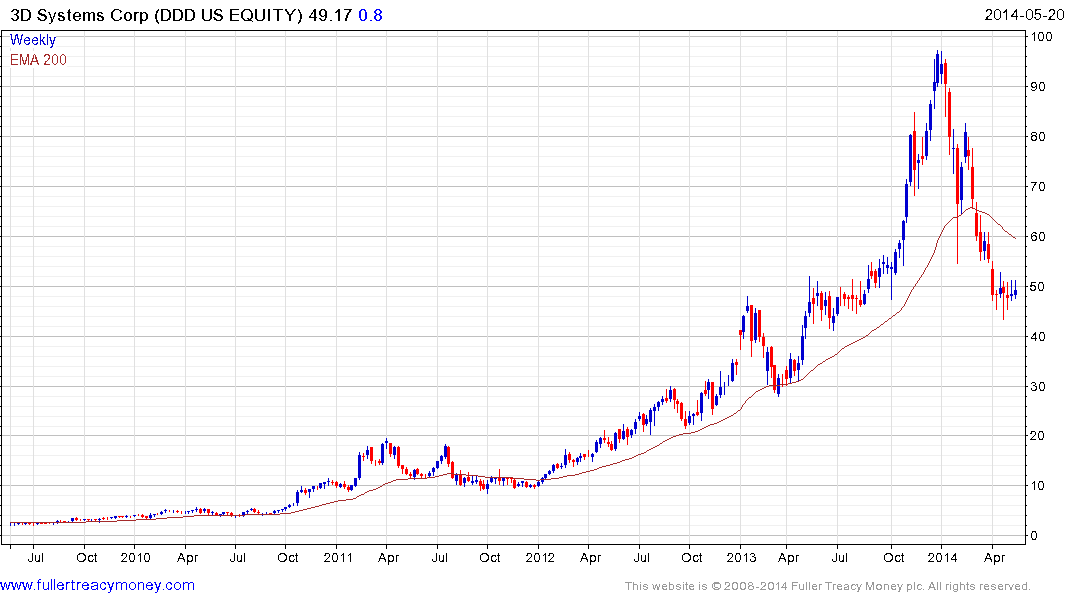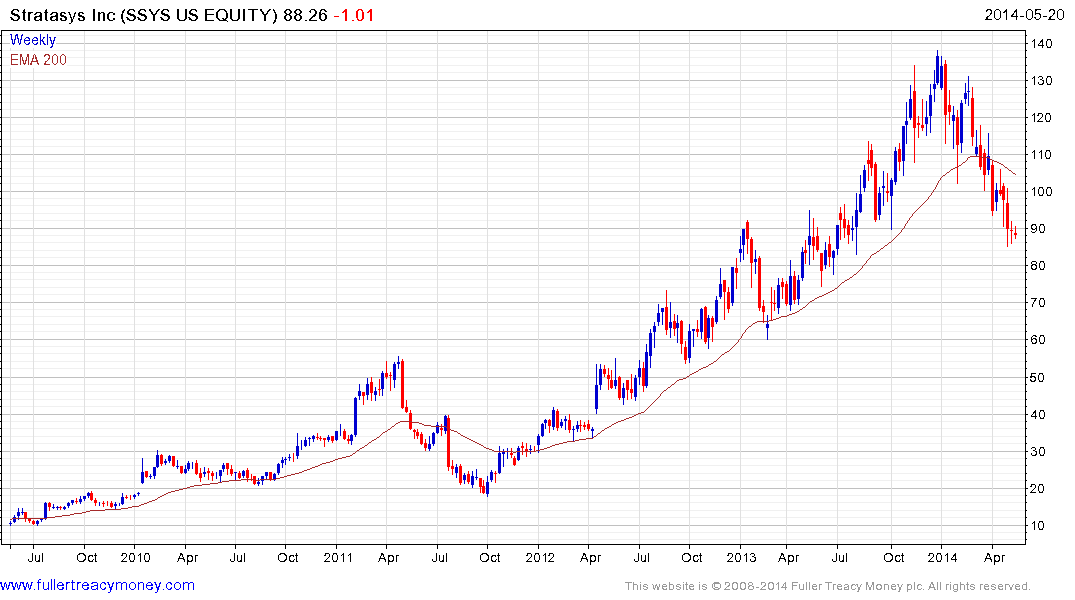Patient receives 3D printed titanium hip
Thanks to a subscriber for this article from theengineer.co.uk which may be of interest. Here is a section:
‘The benefits to the patient through this pioneering procedure are numerous,’ said Douglas Dunlop, consultant orthopaedic surgeon who conducted the operation at Southampton General Hospital. The titanium used to make the hip is more durable and has been printed to match the patient’s exact measurements – this should improve fit and could recue the risk of having to have another surgery. The bone graft material that has been used has excellent biocompatibility and strength and will fill the defect behind the bone well, fusing it all together.’
Over the past decade Dunlop and Prof Richard Oreffo, at Southampton University, have developed a translational research programme to drive bone formation using patient skeletal stem cells in orthopaedics.
The graft used in the operation is made up of a bone scaffold that allows blood to flow through it. Stem cells from the bone marrow will attach to the material and grow new bone, which will support the 3D printed hip implant.
In a statement, Prof Oreffo said: ‘The 3D printing of the implant in titanium, from CT scans of the patient and stem cell graft is cutting edge and offers the possibility of improved outcomes for patients.
The cost of customised manufacturing continues to decline as 3-D printing evolves from the lab to the mainstream. This has particularly exciting applications in the healthcare sector. Right now artificial joints can be printed to ensure a perfect fit. The first human bladder was 3-D printed last year. A working 3-D printed kidney has been embedded in a rat. It might take some time to gain approval for human testing but these developments suggest the long waiting lists for donor organs may become a thing of the past. The future holds even greater potential. For example think of the potential when customised DNA sequences can be 3-D printed.

The 3-D printing sector went through rapid consolidation and the main companies experienced rapid valuation expansion. They developed indigestion following accelerated advances with 3-D Systems (Est P/E 60.79) halving since January. It has at least paused below $50 over the last month. Stratasys (Est P/E 40.04) experienced a similar decline but has yet to demonstrate a low has been found. Base formation development will be required to help rebuild confidence before recovery can be supported.



